Category: Great Ayton
-
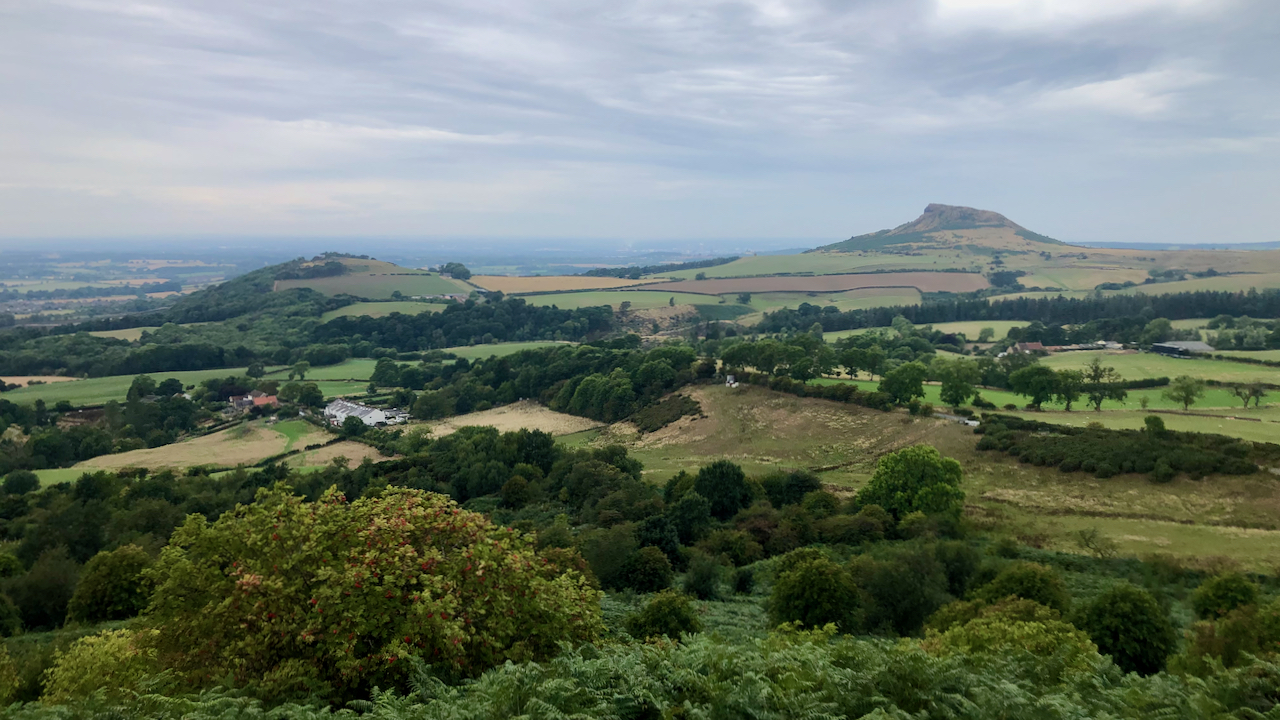
Devensian musings
I have mentioned many times of the great Devensian ice sheet which flowed over the Pennines at the Stainmore Gap, spilling out into what would become the Vale of Cleveland. And it is also common knowledge that the glacier did not flow over North York Moors, which became an island in a sea of ice,…
-
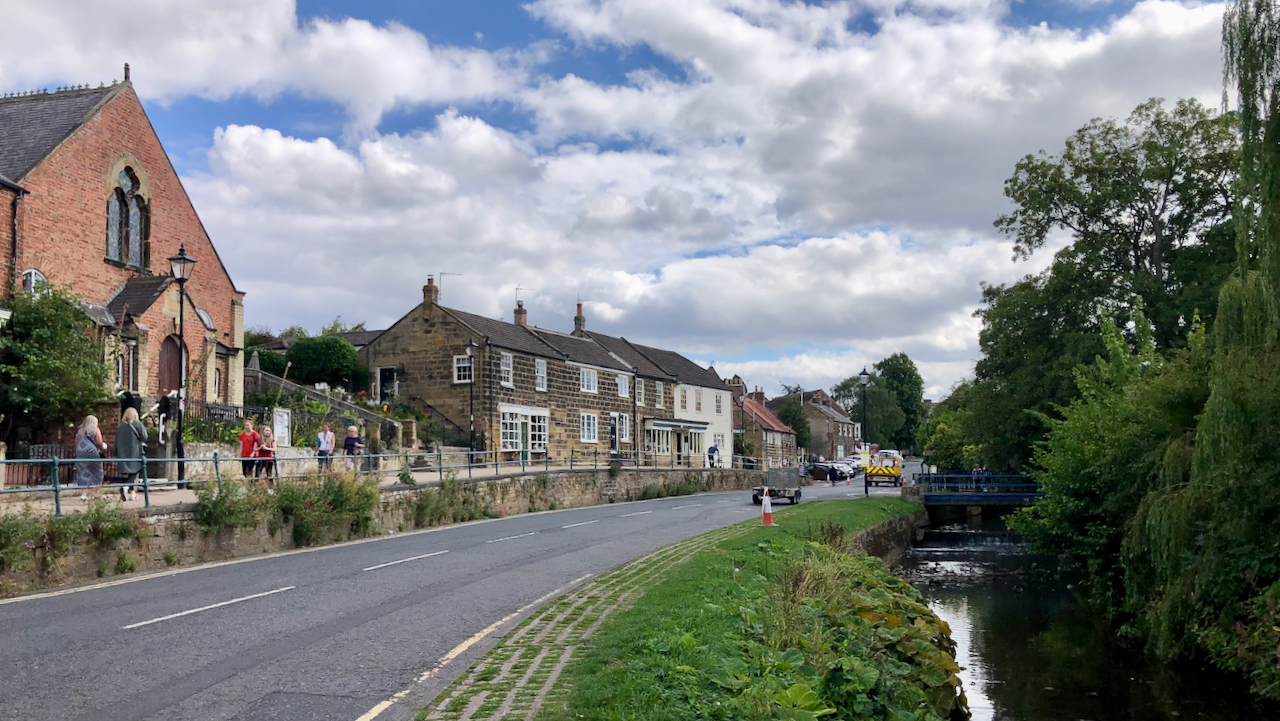
A rare view of a traffic-free High Street in Great Ayton
The council’s hard at work tidying up the pot-holes, pending the arrival of the Tour of Britain cycle race a week on Wednesday (7th September). The typical Victorian-looking ediface on the left is the village hall. It started out life as a Wesleyan Methodist chapel in 1862 and was given to the village by Sir…
-
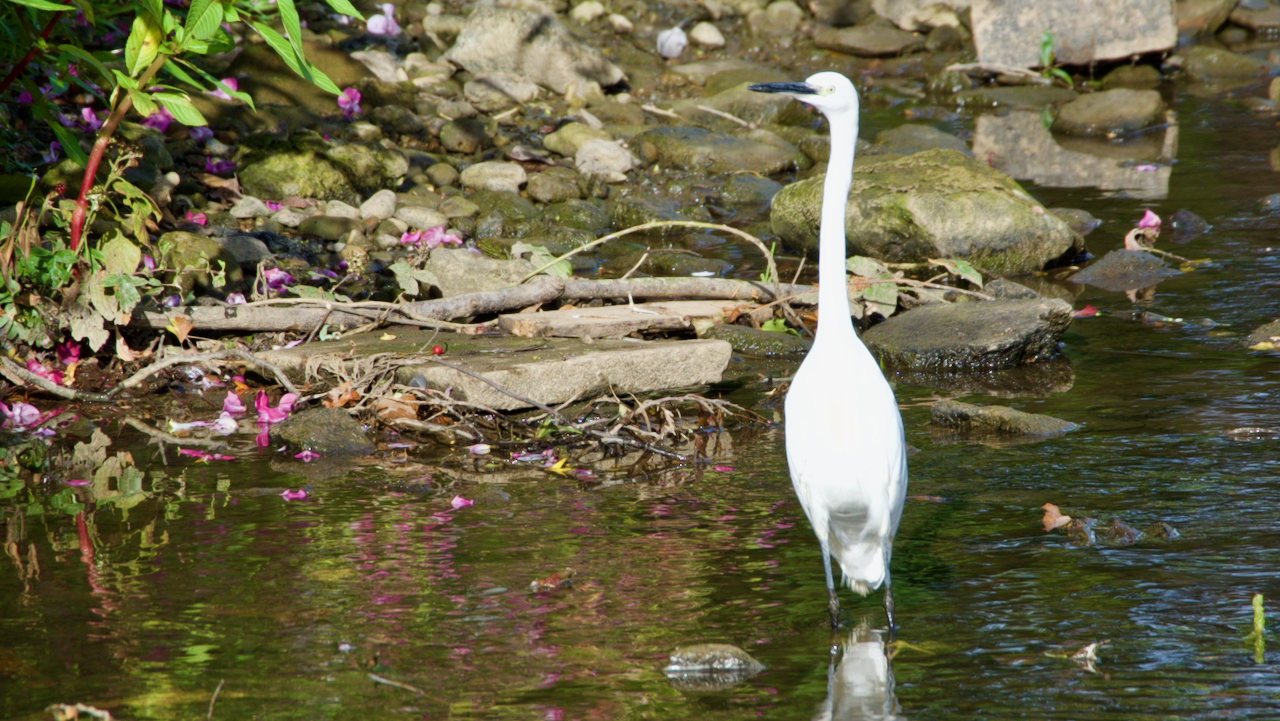
I’ve finally managed to snap a photo of this graceful bird
Small and elegant with its brilliant white plumage, this attractive bird has been hanging around the village for several years with reports in Guisborough and Stokesley — but is the same bird? My RSPB 2002 book says Little egrets (Egretta garzetta) are resident in southern Britain and move south for the winter — is this…
-
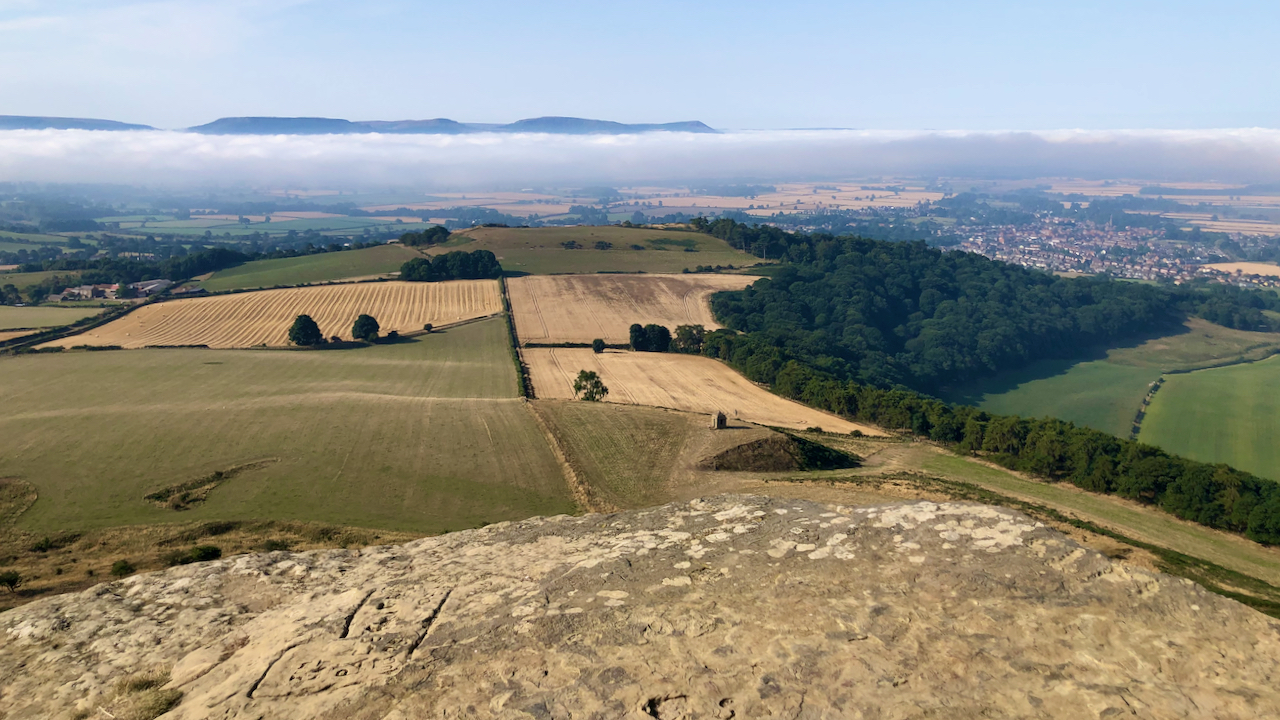
Ground hugging mist slowly dissipating as the day warms
Roseberry was busy this morning. Along with the usual Sunday climbers, there was an abseil down the rock face going on and runners in the ‘Hanging Stone Leap‘ race. It was the 31st running of the event, although the inaugural race was run in 1988. So there’s been a bit of a gap. Today’s race…
-
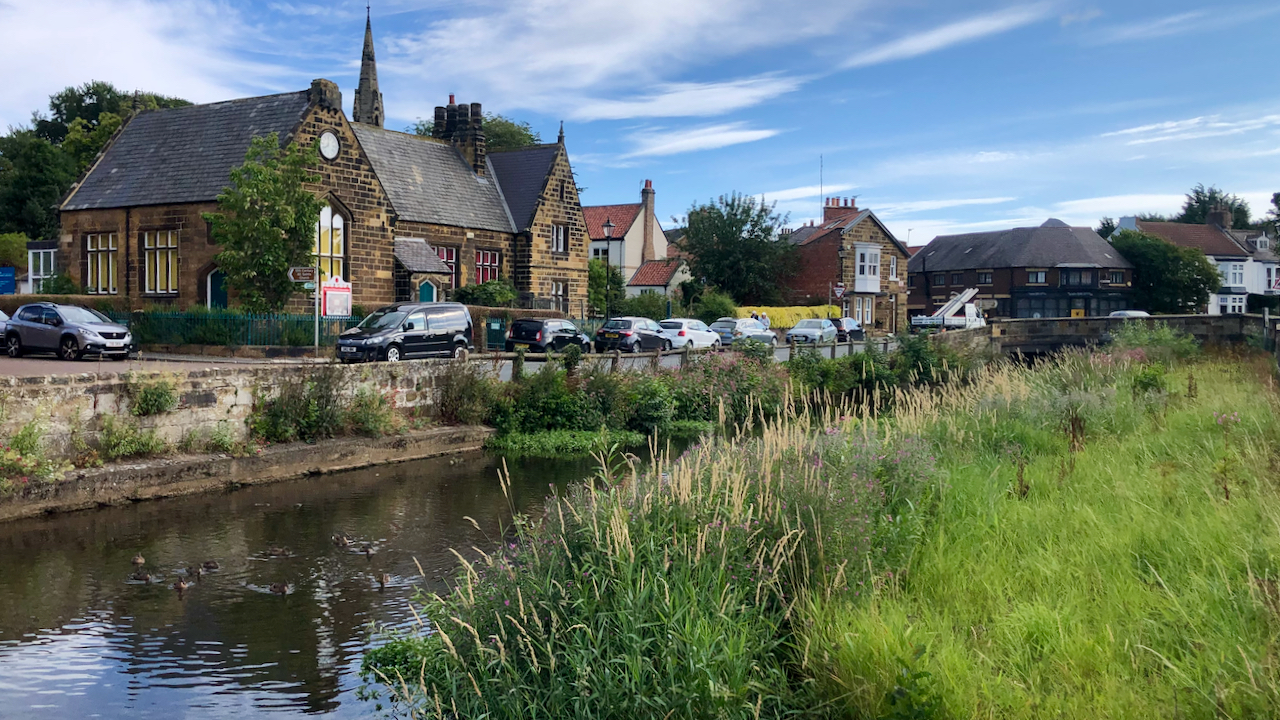
The Marwood family
A tranquil River Leven as it flows through Great Ayton below the stone bridge. The edifice on the left is the Marwood primary school which opened in 1851 when the Postgate school closed up the top end of the village. It was endowed by the Rev. George Marwood, a major landowner in the village whose…
-
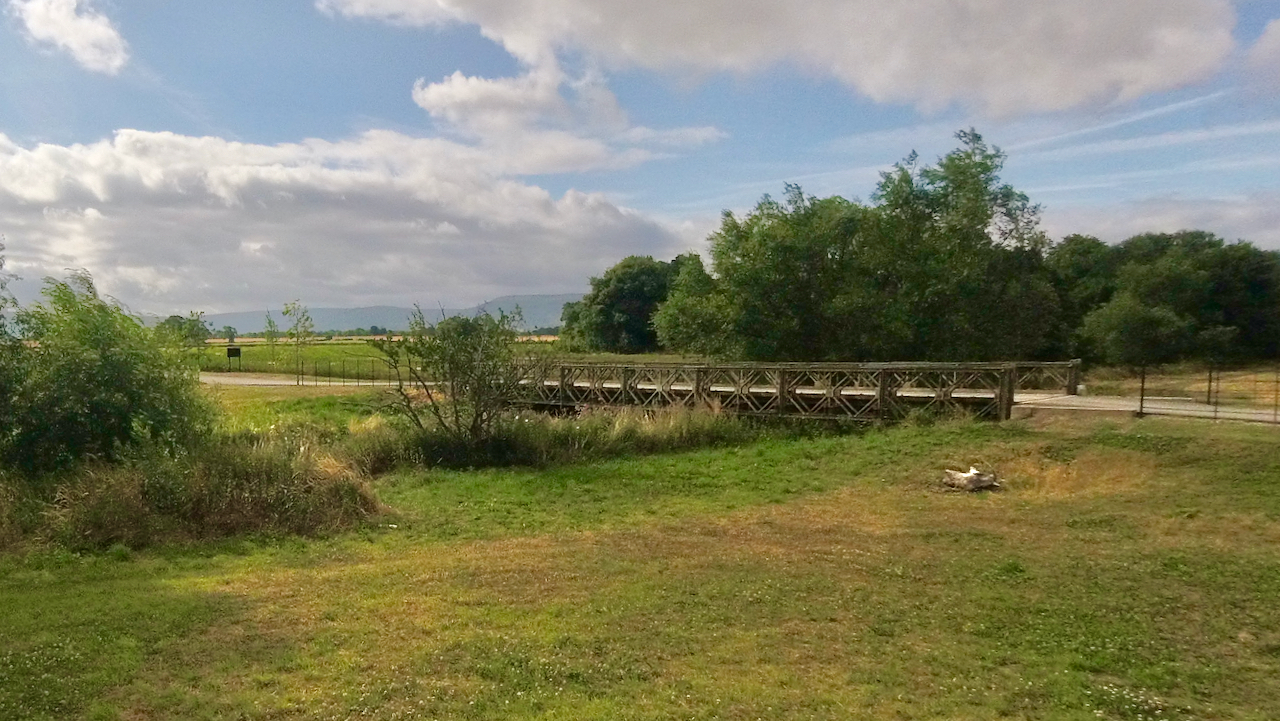
The Ghost of Angrove Hall
About half way between Great Ayton and Stokesley, a new road leads to a caravan park called Angrove Park, crossing the River Leven on a new Bailey bridge. The name is taken from Angrove Hall which was demolished in 1832. It was the scene of a murder and the appearance of a ghost. Sometime in…
-
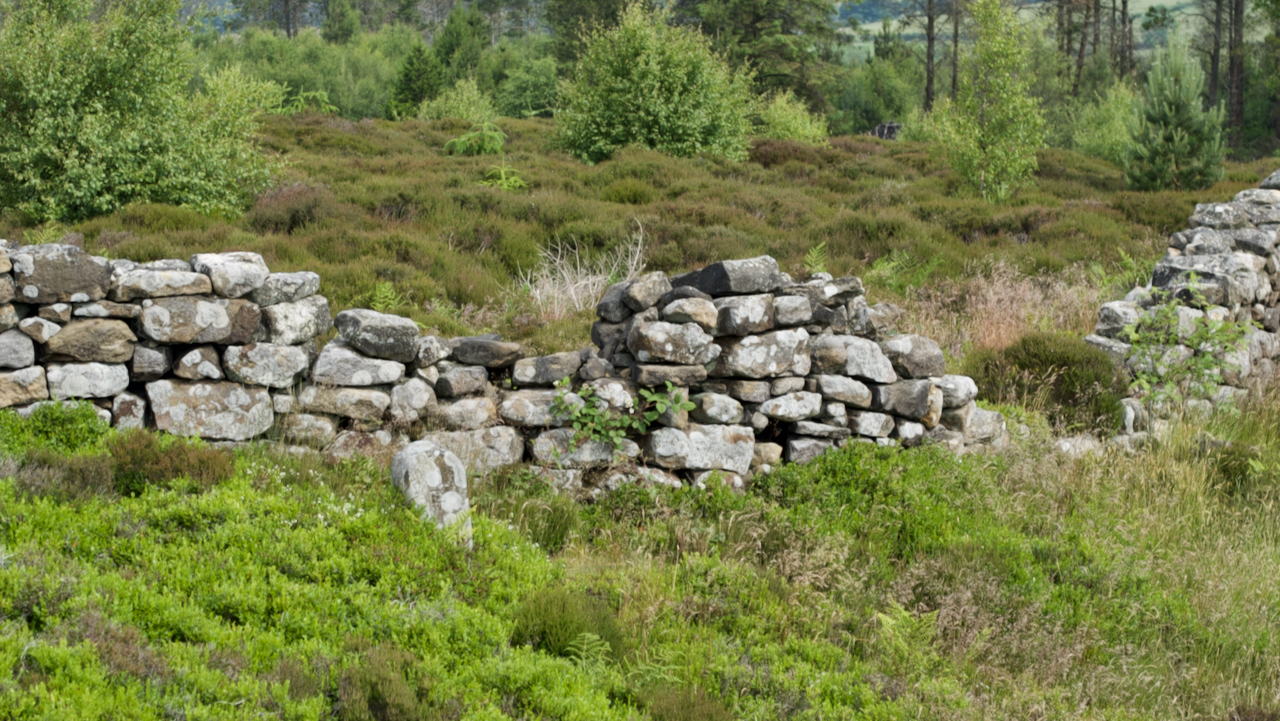
Boundary stone on Easby Moor
A boundary stone on Easby Moor just to the north of Captain Cook’s Monument. I’ve passed this many times before, and may well have posted a photo of it. I tend to forget what I’ve done. Someone pulled me up about that the other day but … hey ho. The stone marks the boundary between…
-
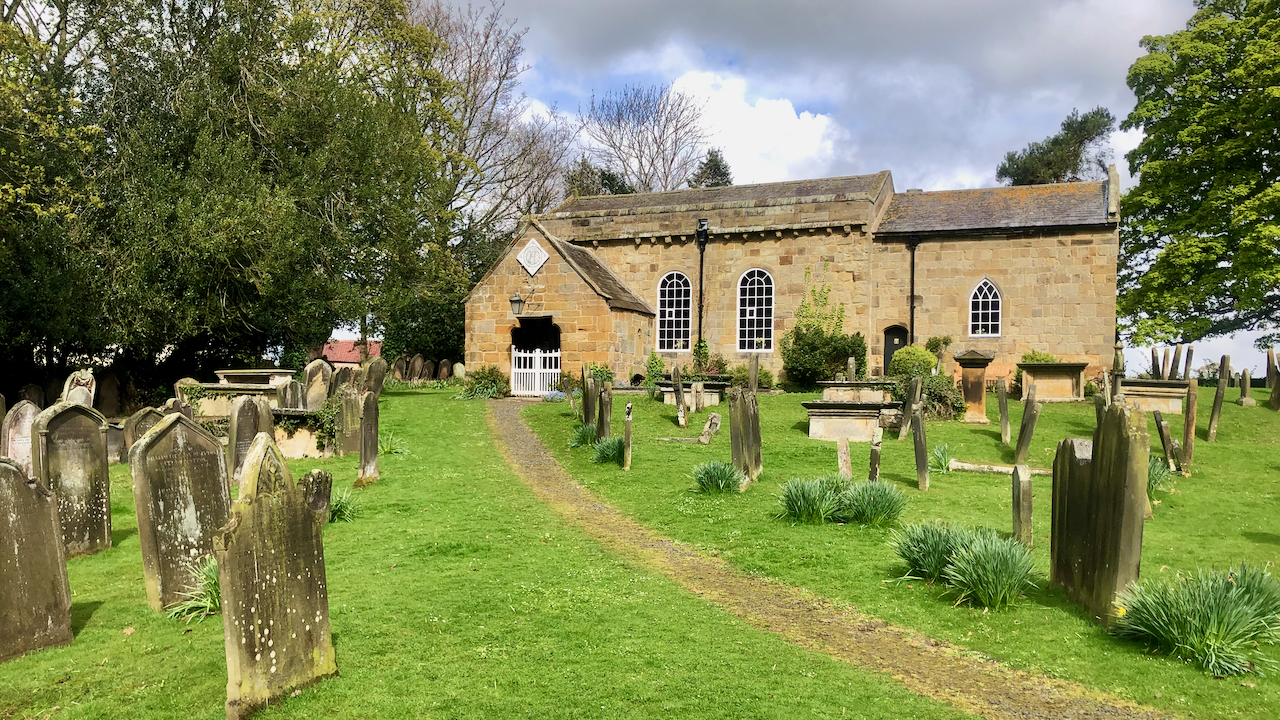
All Saints Church, Great Ayton
The architectual historian Nikolaus Pevsner has this to say about All Saints:— Nave and chancel. Norman masonry, Norman chancel N window, Norman nave corbel-table, S doorway with two orders of colonnettes, scallop capitals and zigzag in the arch, blocked N doorway. The chancel arch has scallop and spirally volute capitals. But the nave fenestration is…
-
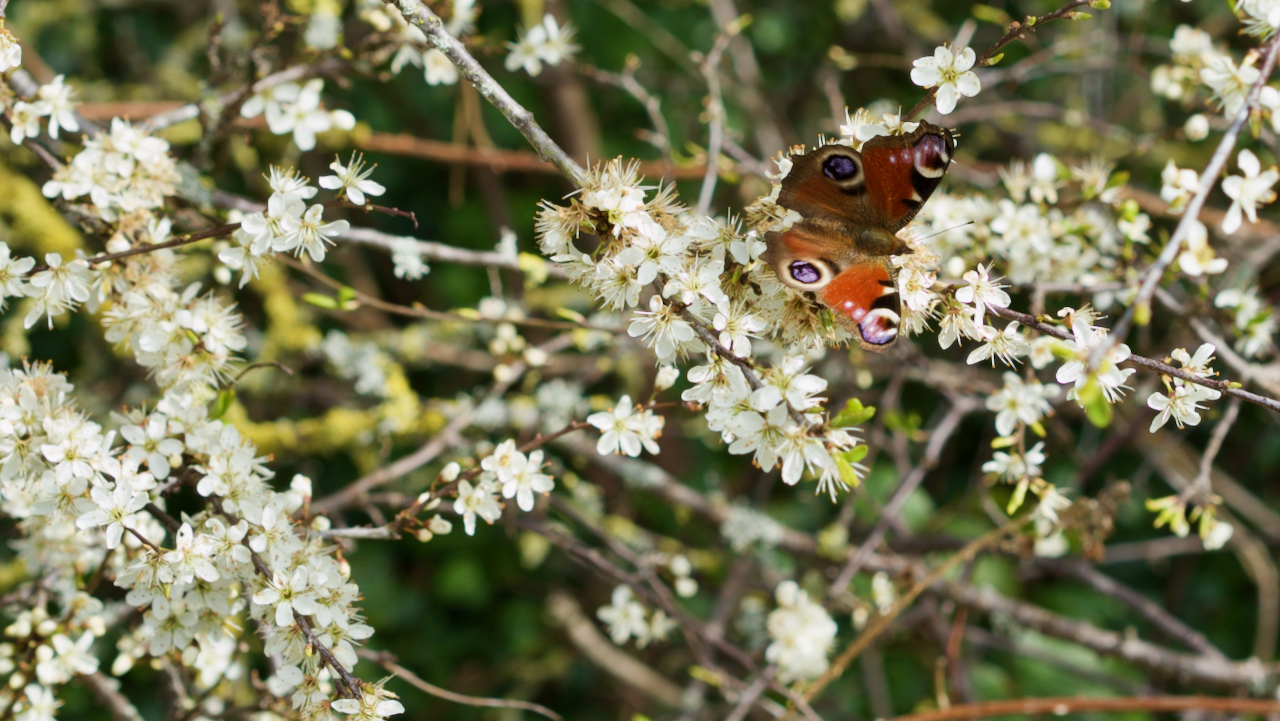
King George on Blackthorn
The flowers of the Blackthorn are, I think, past their prime by now, but this Peacock, one of the aristocrat butterflies according to early entomologists, is feeding on any remaining nectar. In keeping with this blue-blooded theme, the fenmen of Norfolk called the butterfly ‘King George‘. On the other hand, another long-lost dialect name for…
-
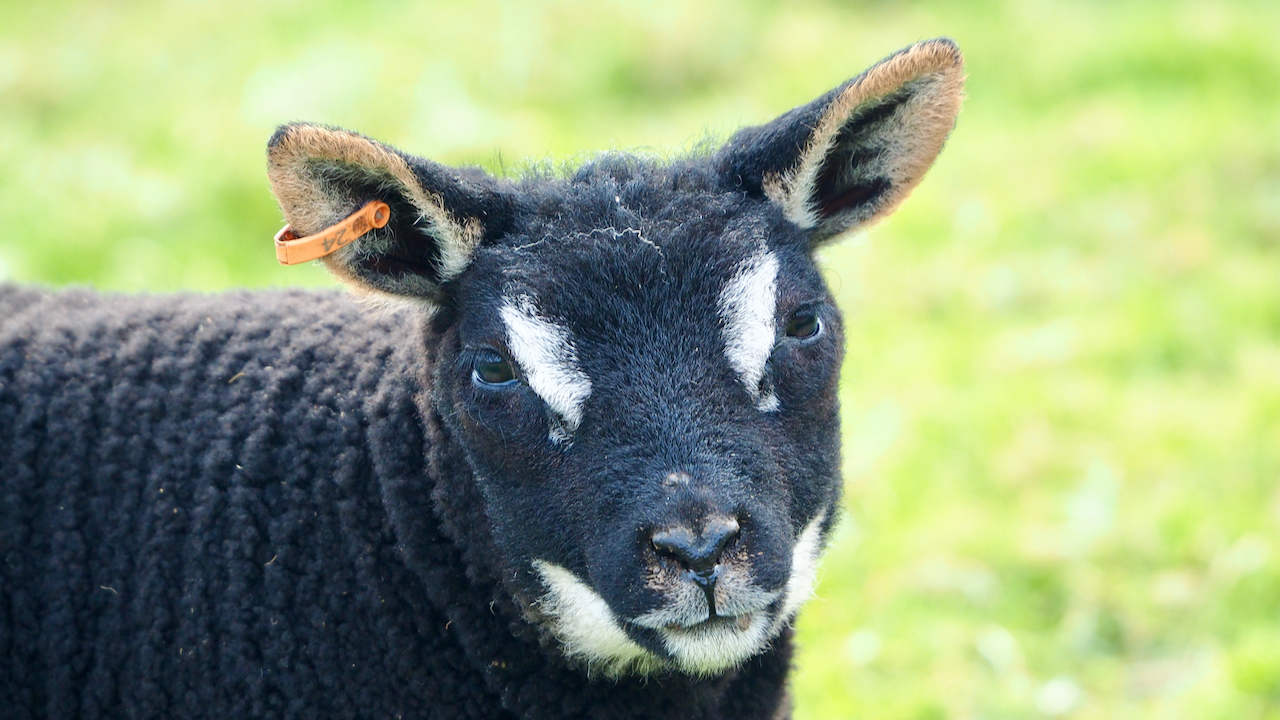
“Baa, Baa, Black Sheep!”
Ah, warm sunshine and lambs gambolling in the fields. A sure sign that Spring is here. Everyone knows the nursery rhyme. Once said to have been a proletarian cry in the Middle Ages because the tremendous demand for wool meant that farming land had been turned into pasture for sheep. Thousands of farmhands were thrown…